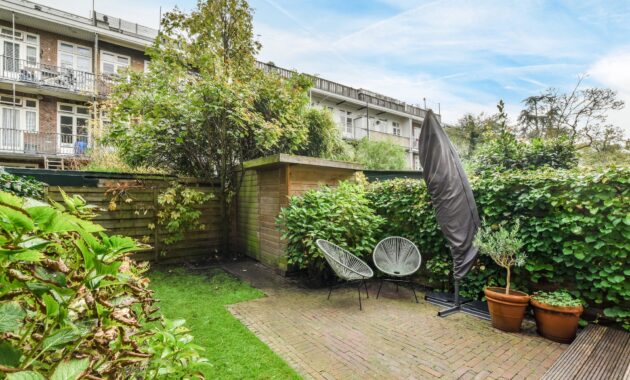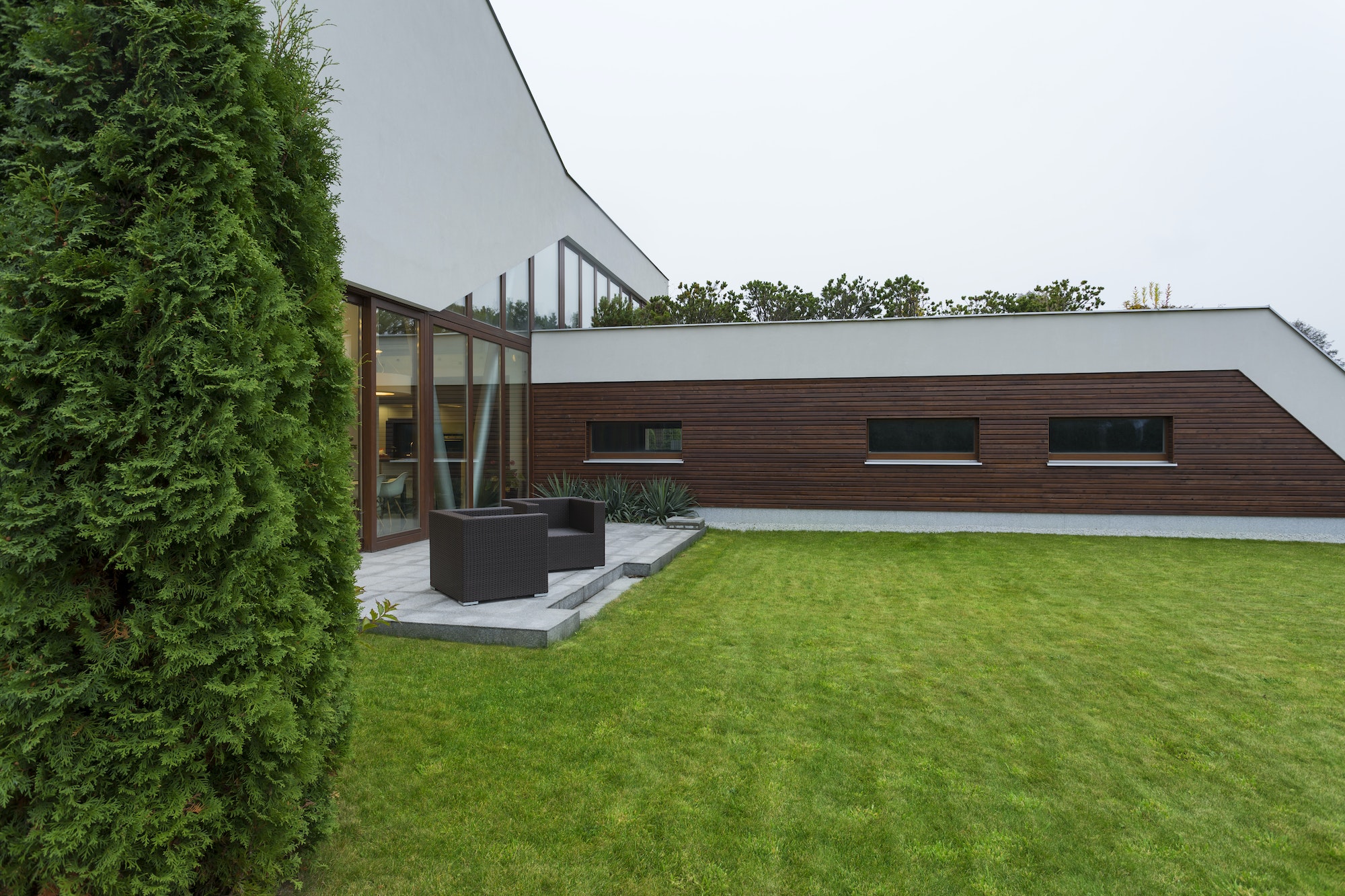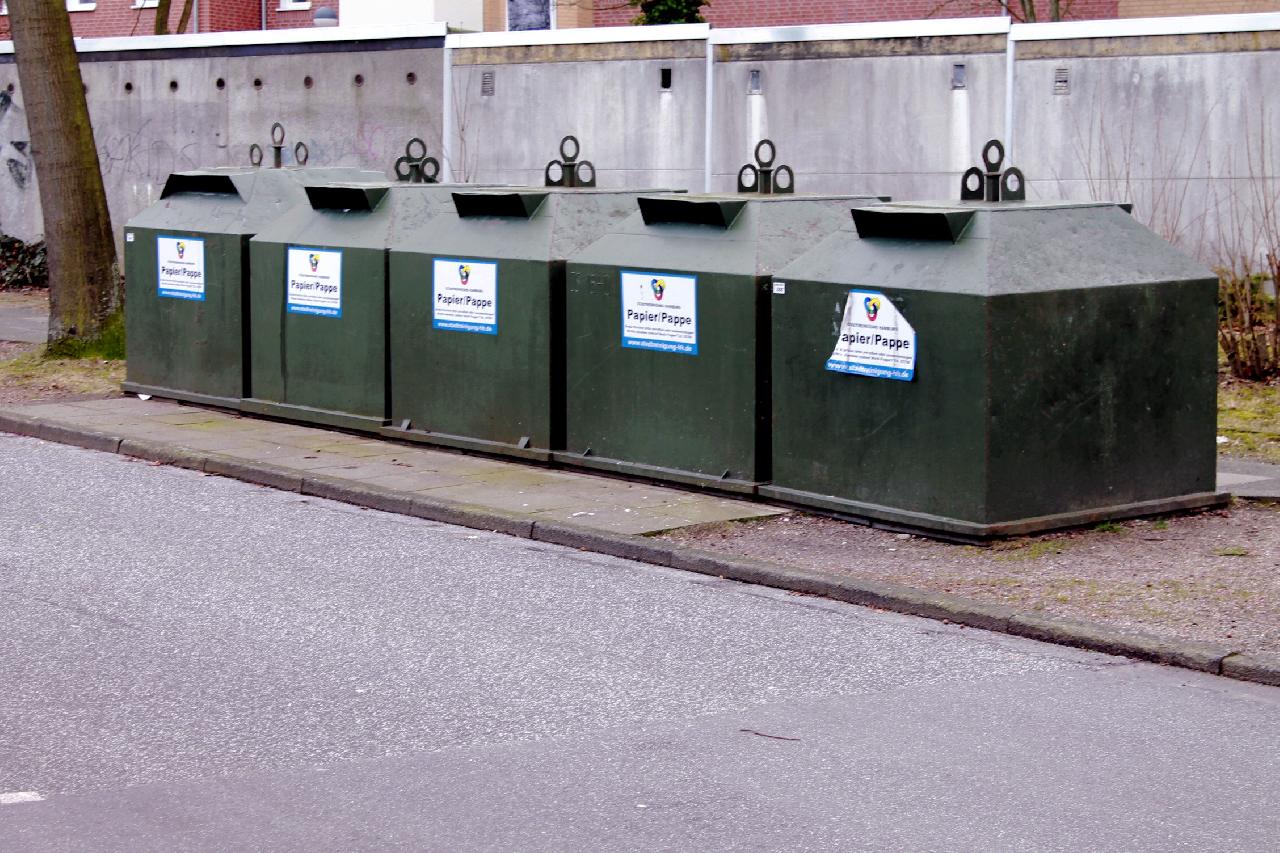Would you love to transform your yard into a minimal maintenance oasis that allows you to spend more time enjoying the great outdoors without having to stress about constantly tending and caring for it? By following these 6 essential landscaping tips, you can have an amazing outdoor area with low-maintenance needs for years of enjoyment. From selecting weather-resistant home materials and choosing plants that are easy to take care of, to creating smart irrigation systems and adding walkways with permeable surfaces, find out how you can create an outdoor living space that requires very little upkeep.
Use artificial turf
Not only does turf require little maintenance, but it helps conserve water and is much easier on the environment. Artificial turf is also a great option for those with allergies, as it won’t trigger any reactions compared to grass pollen. With today’s technology, artificial turf looks just like real grass so you can enjoy a lush lawn without any of the hassle. You can get more info from perthartificialgrass.com, for instance, if you’re considering this option for your yard. Make sure to buy quality turf so you can get the most out of it.
Consider xeriscaping for low-maintenance landscaping
If you’re looking for a way to have a beautiful yard without all the work, consider xeriscaping. This landscaping technique uses native, drought-resistant plants and minimal irrigation, which means less watering and maintenance for you. Not only is it eco-friendly and sustainable, but it can also help you save money on water bills in the long run. Plus, xeriscaping can create a unique and eye-catching look for your yard, with the use of rocks, gravel, and other non-organic materials. Say goodbye to constant mowing and pruning, and hello to a stunning and low-maintenance outdoor space.
Utilize mulch beds to help retain moisture
If you’re looking for a way to keep your garden or landscaping looking lush and healthy, adding mulch beds is a great solution. Mulch is a layer of organic or inorganic material that is spread on top of the soil to help retain moisture and regulate temperature. It also takes a while to break down, which means less maintenance for you! Utilizing mulch beds is especially helpful during dry spells or in areas with high temperatures, as it can protect your plants from harsh conditions and prevent them from drying out. Not only does mulch improve the appearance of your garden, but it can also save you time and money in the long run by reducing the need for watering and preventing soil erosion. Give it a try and see the difference it can make in your outdoor space!
Plant native vegetation to reduce water usage and maintenance costs
When it comes to gardening, there are many benefits to choosing native plants over exotic ones. One major advantage is that they require less water, which means you can save on your water bills and contribute to conserving this precious resource. Additionally, native vegetation is much better adapted to local conditions, so it will be easier to maintain and won’t require as much upkeep as other varieties. Not only will you be doing your part for the environment, but planting native plants can also add beauty and diversity to your landscape.
Install automated irrigation systems to save time and money
Gardening can provide a sense of tranquility, but maintaining a lush lawn or garden can be time-consuming and expensive. This is where automated irrigation systems come in. With the installation of an automated irrigation system, you can save time and money while still reaping the benefits of a beautiful outdoor space. These systems are incredibly efficient and effective, delivering just the right amount of water needed for your plants and lawn at the optimal time, which can significantly decrease your water bill. Plus, you can rest easy knowing that you won’t have to worry about manually watering your plants or lawn ever again.
Choose drought-tolerant plants that require less water
If you’re looking for a way to reduce water usage in your garden and save both time and money, consider incorporating drought-tolerant plants into your landscaping. These plants are specially adapted to thrive in dry conditions, meaning they require far less water than other varieties. Not only are they more sustainable, but they can also add a unique and striking aesthetic to your garden. From cacti and succulents to lavender and ornamental grasses, there are plenty of beautiful and practical options to choose from. By selecting water-wise plants, you’ll not only be helping the environment, but you’ll also have a beautiful garden that’s sure to impress.

Through xeriscaping, thoughtful water conservation is achievable and can help reduce the costs of yard maintenance. Mulch beds are a great tool to use when minimizing watering needs while surrounded by a beautiful landscape. Planting native vegetation eliminates the need for excessive water usage. Automated irrigation systems are great investments for those who don’t have the luxury of spending time on manual watering. Focusing on drought-tolerant plants as opposed to grass ensures less water and maintenance is necessary over time. Lastly, taking advantage of vertical space by hanging planters or adding trellises costs even less while making your outdoor landscape look stunning and eye-catching.
Discover more from Futurist Architecture
Subscribe to get the latest posts sent to your email.



